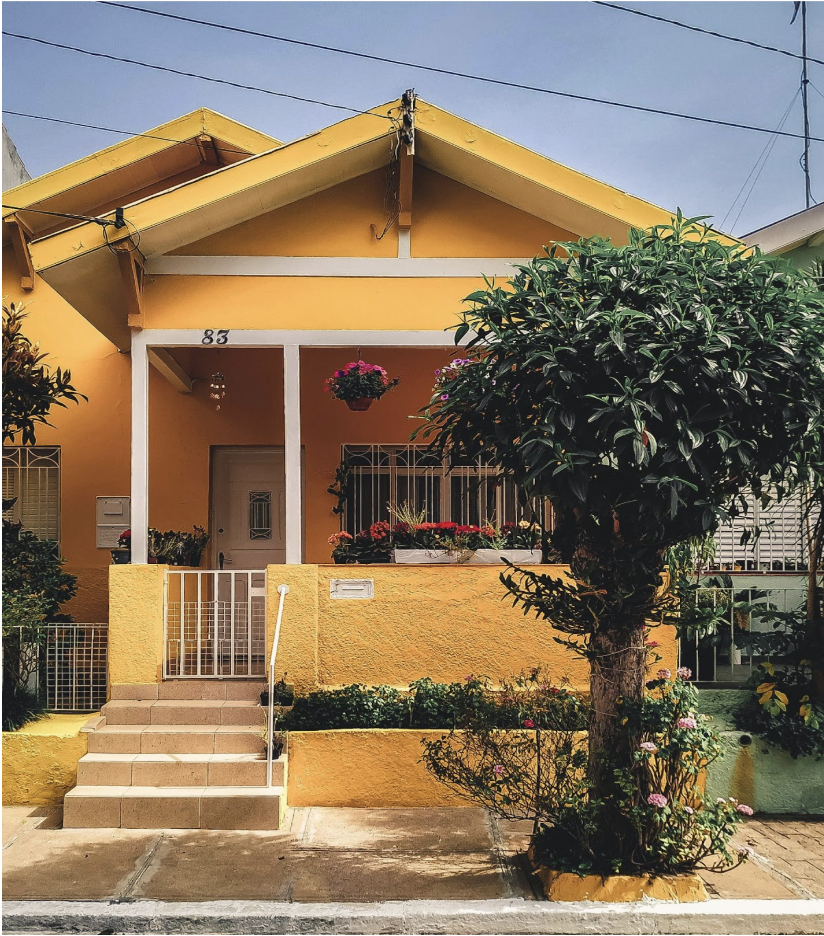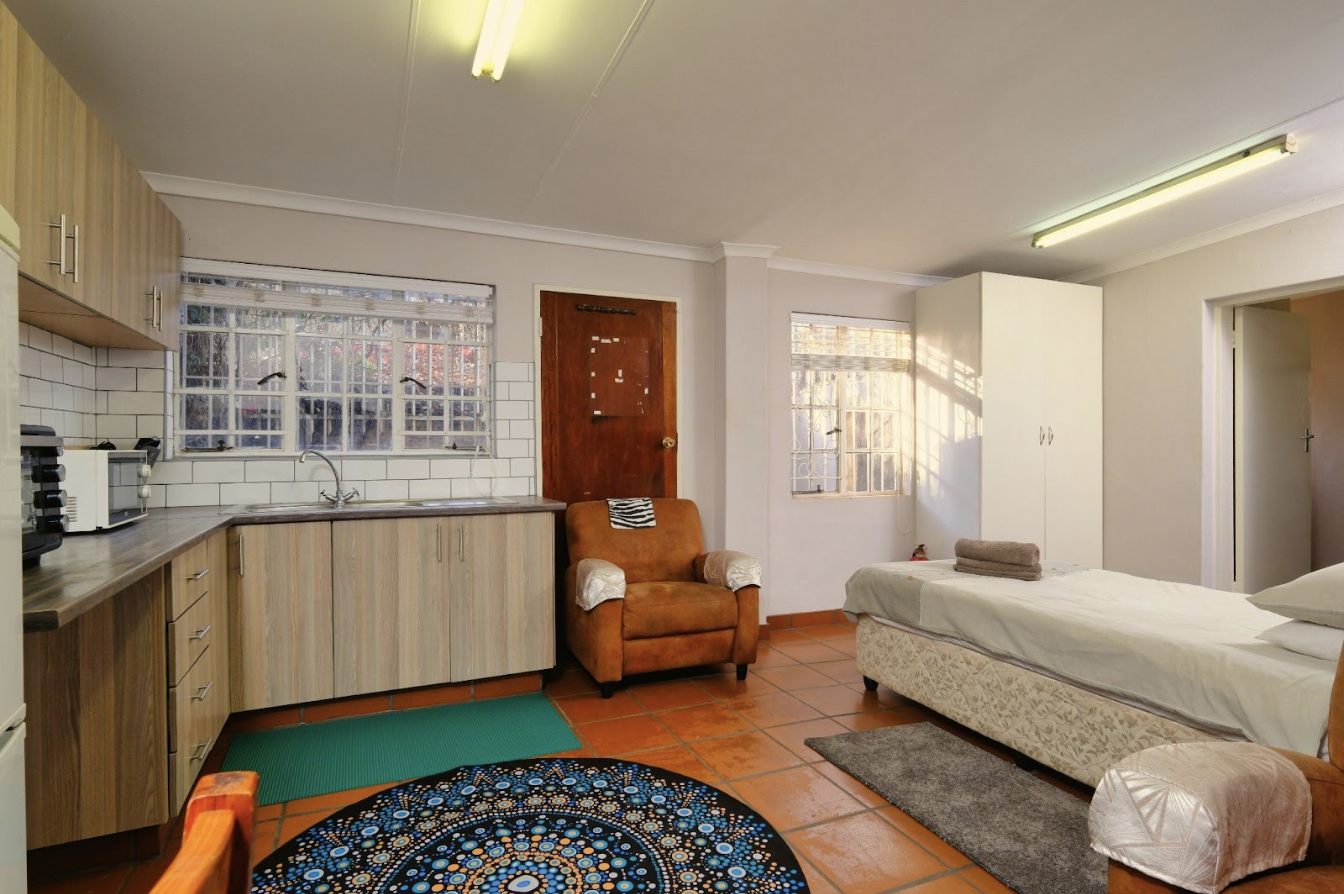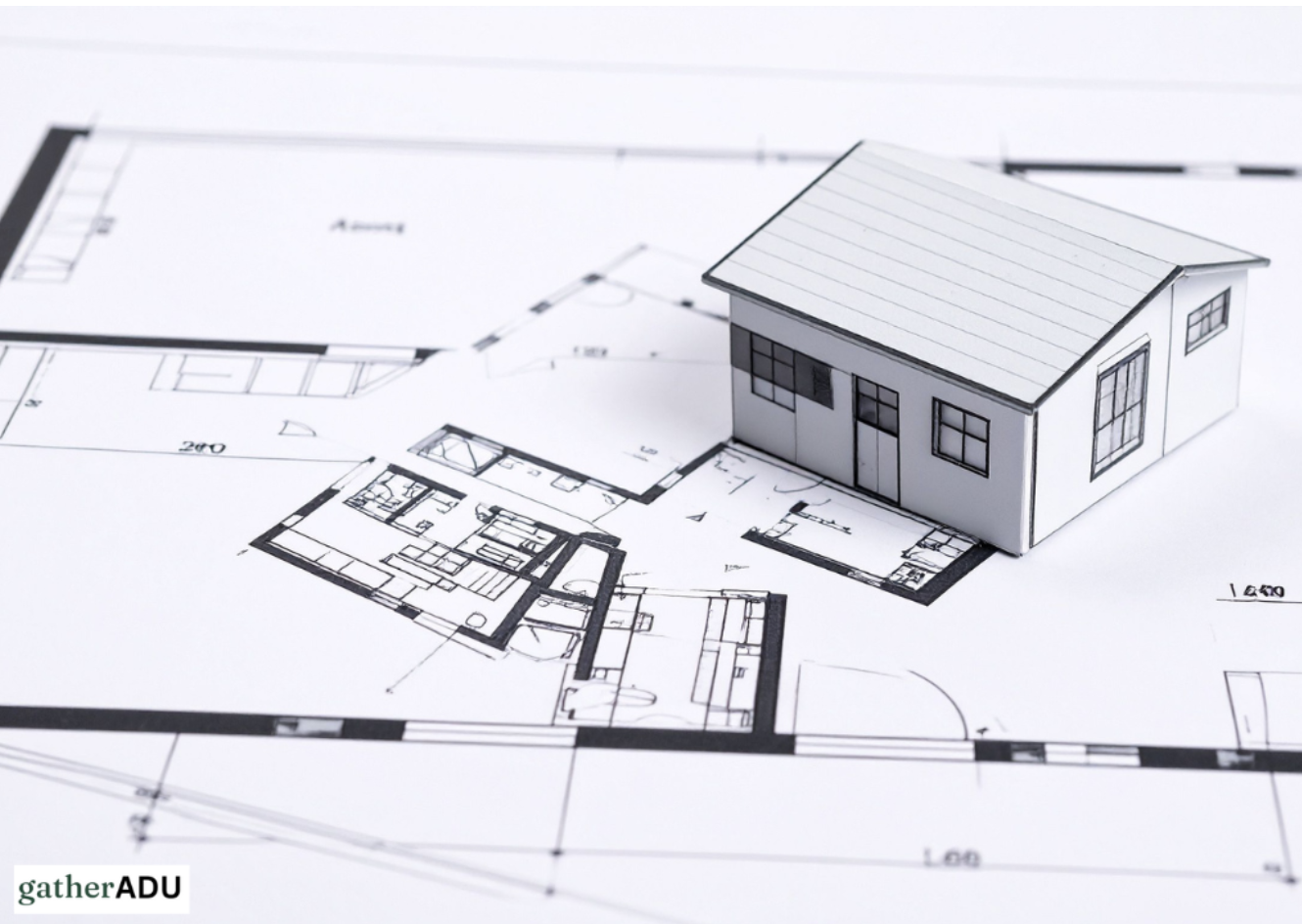ADU loan rates in California vary significantly by county in 2025. While urban areas like San Francisco and Los Angeles tend to have higher interest rates, counties like Sacramento, Riverside, and Fresno often offer more favourable financing options. Understanding these differences helps homeowners make more intelligent decisions when planning an affordable ADU project.
For a detailed comparison of renovation versus new construction costs, especially if you're budgeting for an ADU, check out this guide by Gather ADU. It breaks down the pros, cons, and long-term savings potential of each option, helping you choose the most cost-effective path based on your county and property goals.
What Affects ADU Loan Rates?
While your credit score and a lender’s risk assessment impact ADU loan rates, county-level differences are primarily shaped by local factors, such as construction costs, property values, permit fees, and zoning laws. High-demand areas like Los Angeles or Santa Clara often see higher rates. At the same time, counties like Sacramento or San Bernardino offer more favourable terms due to lower costs and simplified regulations. Understanding these county-level dynamics can help you better evaluate where to build and how to secure more innovative financing.
- Property values and equity availability
- Local ADU incentives or grants
- Permit timelines and regional lender competition.
For instance, longer permit timelines can increase interest costs during construction, while local grants or incentives can lower the amount you need to borrow. To explore how renovation or new construction impacts your budget, read our blog on ADU Renovation vs. New Construction.

County-by-County Snapshot (2025 ADU Loan Rate Highlights)
ADU financing in California is anything but one-size-fits-all. Interest rates, permit timelines, and local support programs can differ widely from county to county, impacting both your construction costs and project timeline. Whether you're building in Los Angeles or Sacramento, understanding these local variables can help you make smarter borrowing decisions and streamline your path to a completed ADU.
- Typical Rates: 7.0% – 8.25%
- Permit Timeline: 6–9 months
- Local Support: CalHFA offers a $40,000 ADU Grant to cover design and permitting costs
Tip: Consider RenoFi’s future-value loans based on projected post-construction home value
Want help simplifying the ADU process in Los Angeles? Our Gather ADU guide walks you through everything from zoning to financing and shows how local expertise can save time, money, and stress when planning your ADU project.
Orange County
- Typical Rates: 7.0% – 8.0%
- Permit Timeline: 4–6 months
- Local Support: Some cities offer fee waivers. Check your city planning department for details.
Tip: If you have existing home equity, a HELOC can be a smart way to finance your ADU, especially for phased construction. These lines of credit offer flexible draw schedules and variable interest rates, making them ideal for managing cash flow over time. Just ensure you’re prepared for potential rate fluctuations during the repayment period.
San Diego County
- Typical Rates: 6.75% – 8.0%
- Permit Timeline: 2–5 months
- Local Support: The SDHC ADU program offers a 1% fixed-interest construction loan that later converts into a permanent loan at 4%, with repayment terms ranging from 15 to 30 years. This structured approach helps homeowners manage upfront costs while securing long-term affordability for their ADU investment.
Tip: Take advantage of local financing programs like SDHCs to significantly reduce your overall borrowing costs. With ultra-low construction interest rates and a seamless transition to long-term financing, these programs can ease the financial pressure during building. This is especially helpful for homeowners managing tight budgets or phased construction timelines.
Riverside County
- Typical Rates: 6.75% – 7.5%
- Permit Timeline: 3–6 months
- Local Support: Fewer formal programs but lower land costs make LTV ratios more favourable.
Tip: A cash‑out refinance can be a smart way to fund your ADU project. By tapping into your home’s existing equity, you may secure a lower interest rate on your primary mortgage while unlocking cash for construction. This option works well if rates have dropped since your original loan or your home’s value has significantly increased.
Sacramento County
- Typical Rates: 6.75% – 7.25%
- Permit Timeline: 3–4 months
- Local Support: Regional credit unions often offer fixed-rate equity loans with low fees and flexible terms, making them ideal for ADU builds. Their local knowledge can speed up approvals and reduce borrowing costs compared to larger banks.
Tip: If you're exploring ADU financing for the first time, this county offers an excellent mix of affordability, moderate loan rates, and predictable permitting processes. That combination makes it easier to plan your budget, secure funding with fewer surprises, and complete construction with more confidence, especially if you're balancing costs, timelines, and local requirements as a new builder.
San Francisco County
- Typical Rates: 7.25% – 8.25%
- Permit Timeline: Often 6–10 months
- Local Support: San Francisco allows in-law units and offers some planning streamlining, which may reduce delays. However, costs remain high. Programs like the ADU Accelerator can provide added support for eligible homeowners.
In Santa Cruz County, ADU builders should plan for stricter design guidelines, environmental reviews, and utility connection fees, which can significantly impact timelines and budgets. Be sure to consult local permitting agencies early. Budgeting for these added costs upfront helps avoid project delays and unexpected financial strain during construction.
Choosing where to build your ADU in California isn’t just about location; it’s about financing, permitting, and local support. By understanding county-specific loan rates and programs, you can avoid costly surprises and make informed decisions. Whether you're maximising equity or leveraging grants, early planning with local insight is key to building smarter, faster, and more affordably.

Best Practices to Build and Borrow Smart
Navigating ADU financing in California isn’t just about finding a lender; it’s about timing, credit, loan structure, and local programs. From state-backed grants to equity-based loans, there are several ways to reduce your upfront costs and long-term expenses. Use these expert tips to make the most of your financing journey.
1. Explore Grants & Local Programs
Look into county-level options such as the CalHFA ADU Grant or Napa County’s forgivable loan initiative. These programs can eliminate up to $40,000 in initial expenses. Explore resources via naco.org, CalHFA, and your county's housing department.
2. Comparison Shop Early
Rates and terms vary widely between lenders. Use Gather ADU’s financing guide or similar platforms to compare loan structures and uncover better options tailored to your situation.
3. Improve Your Credit Score
Boosting your credit to 720+ can lower your interest rate by 0.25%–0.5%, potentially saving you thousands over the loan term. Check your credit early and make strategic improvements.
4. Match Loan Type to Your EquityIf you have low equity, consider future value financing options like RenoFi, which base loans on the post-construction value of your ADU, allowing for higher borrowing potential. On the other hand, if you have high equity, options like HELOCs or fixed-rate home equity loans from providers such as Monterra Credit Union or Arch General Construction may offer greater flexibility and lower interest rates.
5. Start the Permitting Process Early
Permitting delays can extend your loan timeline, increasing interest costs. Submit permit applications before securing financing to reduce idle carrying costs during construction.
Choosing the right financing strategy for your ADU depends on your credit, equity, and timeline. But one thing is clear: early planning and informed decisions can save you time, money, and stress. Tap into local programs and start preparing now to build smarter, not harder.
Take Control of Your ADU Financing with Expert Help
Feeling overwhelmed by confusing loan rates, hidden permitting delays, or the maze of financing options across California counties? You’re not alone. From figuring out if you qualify for a grant to managing rising interest rates and unexpected construction costs, planning an ADU can quickly become more stressful and more expensive than you anticipated.
That’s where Gather ADU steps in. Our team simplifies the entire process, helping you compare local financing, maximise your budget, and avoid costly delays. Whether you're building from scratch or converting a garage, we’ll guide you from pre-approval to final inspection. Explore our ADU financing tools and local planning guides to start building smarter today.
FAQS
Are ADU loan rates higher than regular mortgage rates?
Yes, ADU loan rates are usually slightly higher. In California 2025, traditional mortgage rates average 6.50%–7.00%, while ADU loans range from 6.75%–8.25%, depending on the loan type and lender.
Can I use home equity to fund my ADU?
Yes, homeowners often use HELOCs or home equity loans to finance ADUs. These options depend on how much equity you have and usually offer lower rates than personal loans.
What is the CalHFA ADU Grant?
The CalHFA ADU Grant provides up to $40,000 to cover pre-development costs like site surveys and permits. It’s available to eligible low- to moderate-income homeowners in California.
How long does it take to get an ADU loan approved?
Approval times vary by lender and loan type. On average, expect 2–6 weeks for application processing, with additional time if permits or appraisals are needed.
Can I refinance my mortgage to build an ADU?
Yes, a cash-out refinance is a popular option. It lets you tap into your home’s equity to fund ADU construction, often with a better rate than personal or construction loans.



